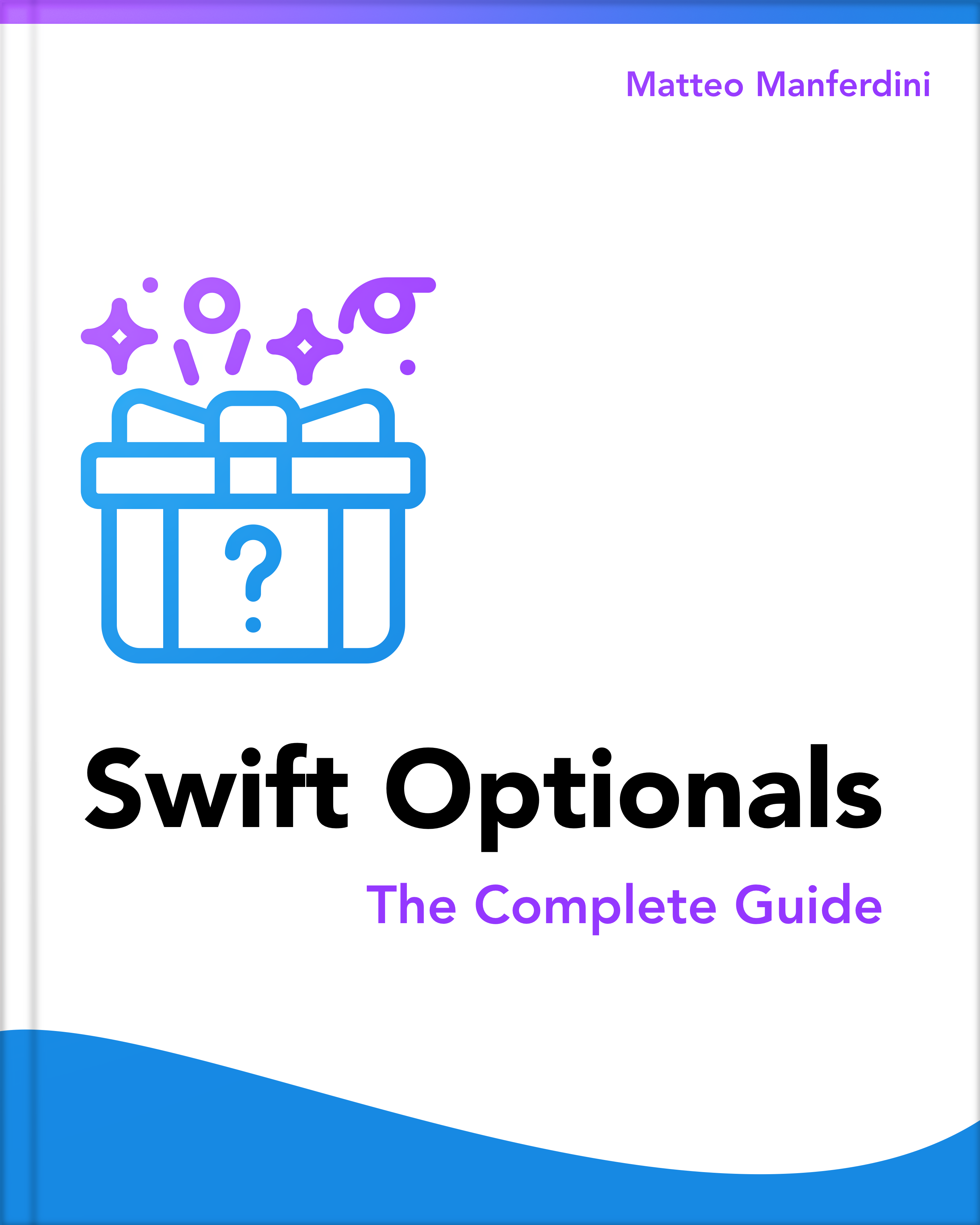Many developers find unit testing confusing. This is made worse by the advanced techniques you need to test classes or asynchronous code, like the one for network requests.
In reality, at the base of unit testing, there are simple fundamental concepts. Once you grasp those, unit testing suddenly becomes more approachable.
Matteo has been developing apps for iOS since 2008. He has been teaching iOS development best practices to hundreds of students since 2015 and he is the developer of Vulcan, a macOS app to generate SwiftUI code. Before that he was a freelance iOS developer for small and big clients, including TomTom, Squla, Siilo, and Layar. Matteo got a master’s degree in computer science and computational logic at the University of Turin. In his spare time he dances and teaches tango.


